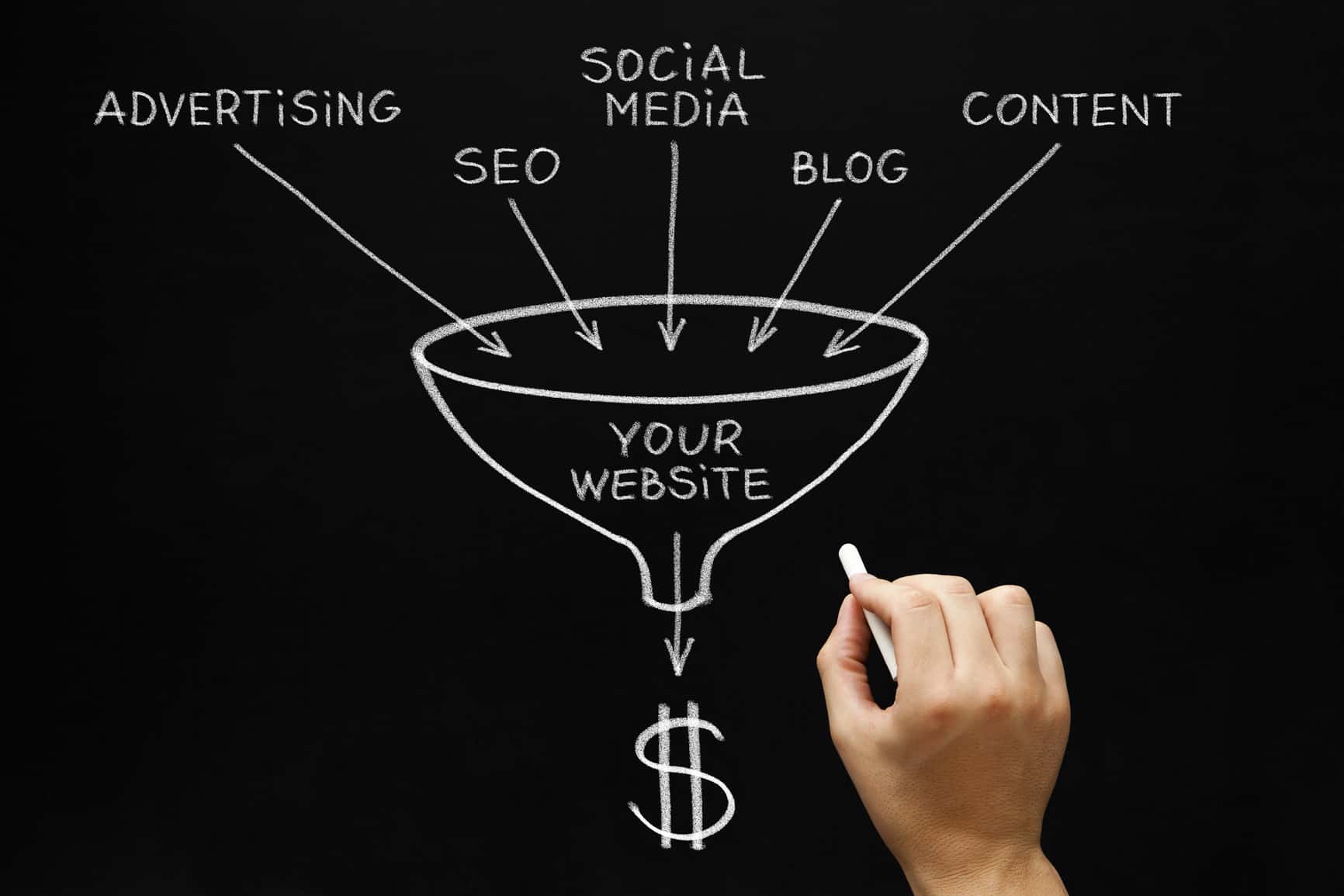According to a new study released by the Wall Street Journal, the future of American advertising will lie with digital advertisements. The findings, released last week, show that digital ad spending is expected to exceed television advertising by 2018, a feat which is being led by both Google and Facebook who already dominate 60% of the world’s digital ad revenue annually with $19.1 billion and $4.8 billion respectively. Next year, the twin titans are expected to increase that number to a whopping 70%. But what does this mean for the little guy? As small business owners look for more targeted avenues to advertise their products and services, it is important to understand how digital advertising works and what it can do for you.
One Size Doesn’t Fit All
For many business owners, advertising is often one of the last things to be budgeted for and attempts at an advertising campaign can turn out half-hearted, unfocused or downright corny. While the reality is that advertising is about spending some money, it is also about understanding your audience and selecting avenues that target those specific demographics which in turn will earn you a solid return on your investment. That’s where digital advertising comes in. In addition to being more cost effective than television advertising, digital advertising also includes a range of benefits including more accuracy when targeting demographics, simpler methods of understanding user behavior, the ability to quickly adjust and implement advertising strategies and maintaining real-time access to consumer responses and reactions.
Now that you know the perks, let’s take a closer look at some of the most common types of digital advertising methods and how they work.
Search Engine Marketing (SEM) – Also known as pay-per-click (PPC) advertising, SEM are known to most as the ads found on the top, bottom and side of searches done on Google for instance. Each time a user clicks on the ad, the advertiser is charged a fee.
Content Ads – These ads are either text or banners on a page that are related to the content a user is browsing. For example, a pest control business may use a content ad on a page where there is information about getting rid of ants or insects.
Search Engine Optimization (SEO) – As mentioned on our SEO services page, SEO uses targeted keywords in content that your business is sharing. When done correctly, these keywords act as a magnet for users searching for similar businesses with products and services such as yours and rank your content on the first page of the search results.
Social Media Marketing – Almost every business has a social media page these days and it is in easy way to reach record numbers of potential clients. The bonus is that as you gain fans and followers on social media, the potential for brand advocates increases giving your business a boost by loyal customers willing to sing your praises.
Contact Us
Whether you’re looking to increase your digital advertising efforts or need innovative solutions to help your business stand out from the rest, contact us today to learn more about our comprehensive services.







